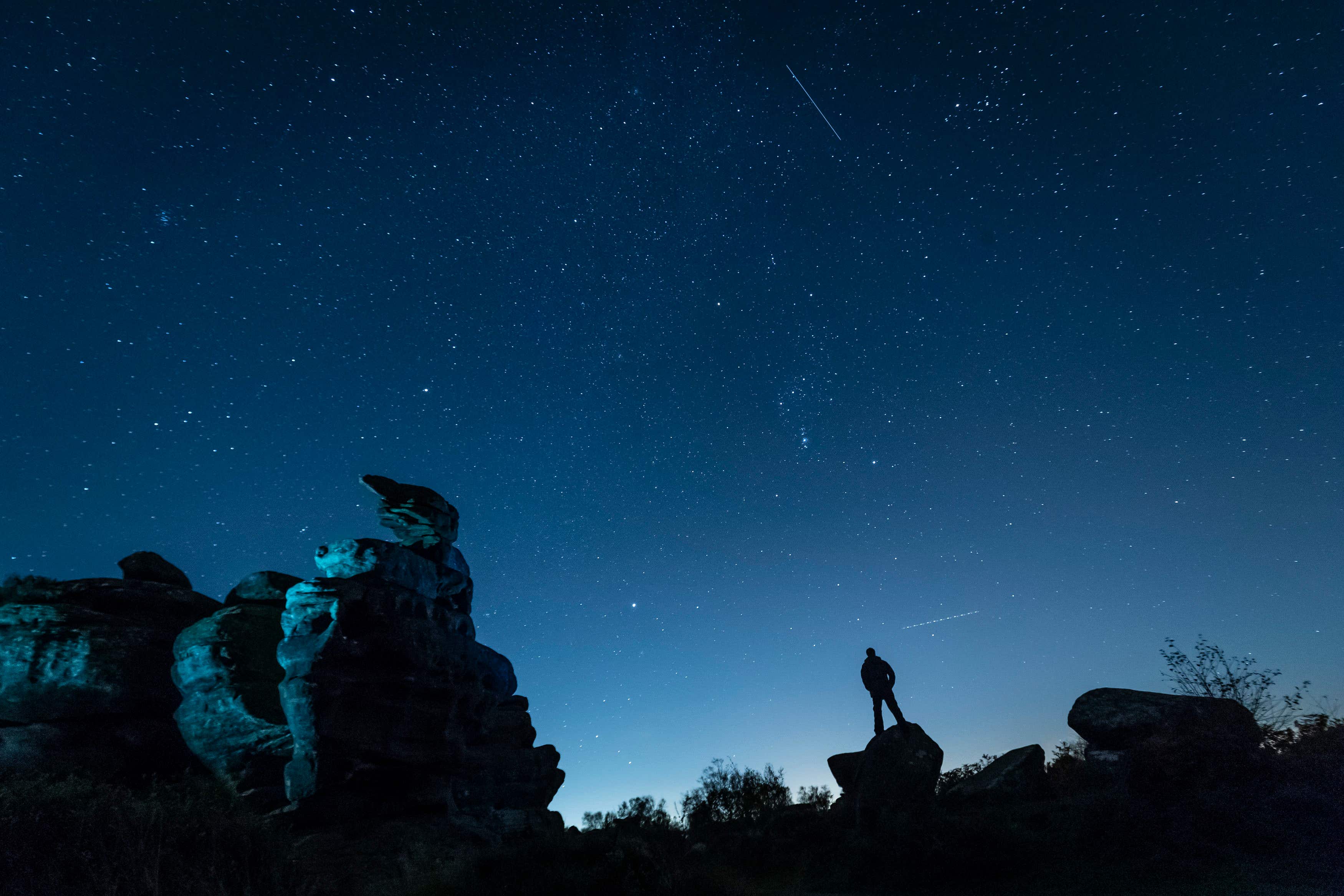Orionid meteor shower to light up night sky
The display will peak on Saturday night, into the early hours of Sunday, producing up to 25 meteors every hour.

Your support helps us to tell the story
From reproductive rights to climate change to Big Tech, The Independent is on the ground when the story is developing. Whether it's investigating the financials of Elon Musk's pro-Trump PAC or producing our latest documentary, 'The A Word', which shines a light on the American women fighting for reproductive rights, we know how important it is to parse out the facts from the messaging.
At such a critical moment in US history, we need reporters on the ground. Your donation allows us to keep sending journalists to speak to both sides of the story.
The Independent is trusted by Americans across the entire political spectrum. And unlike many other quality news outlets, we choose not to lock Americans out of our reporting and analysis with paywalls. We believe quality journalism should be available to everyone, paid for by those who can afford it.
Your support makes all the difference.Skygazers are set for some celestial fireworks as debris left by Halley’s Comet lights up the night sky.
The Orionid meteor is active throughout October but is expected to peak on Saturday night, producing up to 25 meteors every hour, and remaining visible until the early hours of Sunday.
Some people view the Orionids as particularly special as the meteors are actually pieces of Comet 1P/Halley, better known as Halley’s Comet.
This meteor shower holds a special place in the annual calendar of celestial events, not only for its breath-taking beauty but also because it originates from the debris of one of the most renowned comets in history, Halley's Comet
Although the comet swings by the earth only once every 75 to 76 years, this annual shower – which originates from the Orion constellation – provides some compensation for those who may miss that once-in-a-lifetime event.
As the comet follows its path around the sun, it leaves a path of tiny debris which enters Earth’s atmosphere at speeds of around 41 miles per second.
Dr Minjae Kim, research fellow at the department of physics, University of Warwick, said: “The Orionid meteor shower is a globally visible celestial event that takes place from October 2 to November 7, with its peak occurring on the night of October 20 to 22, typically between midnight and dawn.
“However, you can easily catch a glimpse of this meteor shower for several days before and after its peak date on your annual calendar.
If you missed already the ‘once-in-a-lifetime event’ of Halley’s Comet, don't worry, this annual Orionid meteor shower offers a unique opportunity providing some compensation
“This meteor shower holds a special place in the annual calendar of celestial events, not only for its breath-taking beauty but also because it originates from the debris of one of the most renowned comets in history, Halley’s Comet (1P/Halley).
“Halley’s Comet graces Earth with its presence only once every 75 to 76 years, leaving behind a trail of cosmic debris, including dust and grit, along its orbit during each pass around the sun.
“So, if you missed already the ‘once-in-a-lifetime event’ of Halley’s Comet, don’t worry, this annual Orionid meteor shower offers a unique opportunity providing some compensation.”
Visible to the naked eye in all parts of the sky, all that is needed to spot the display is a bit of patience, a clear sky and a safe spot away from street lights and other light pollution.
The Orionids will be visible in both northern and southern hemispheres until November 7.